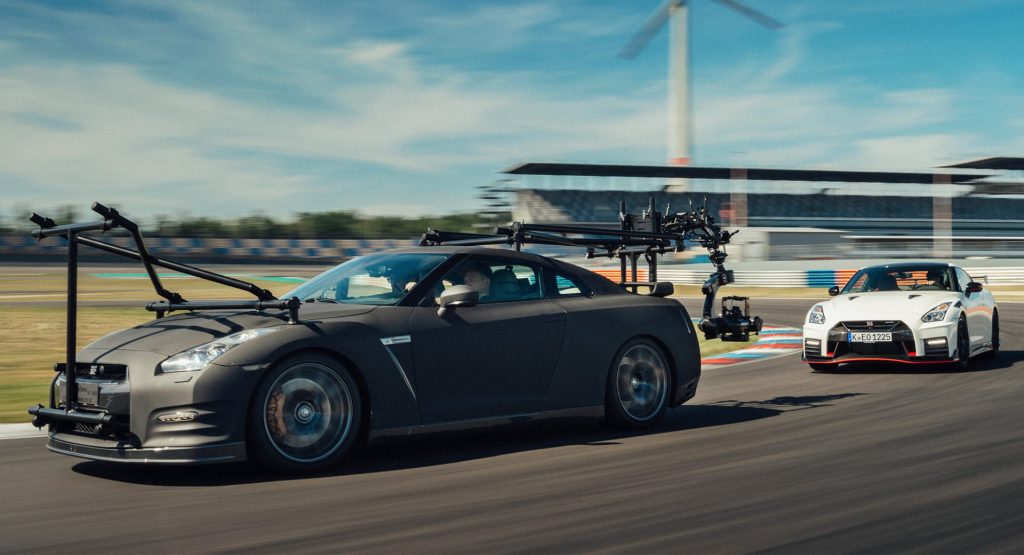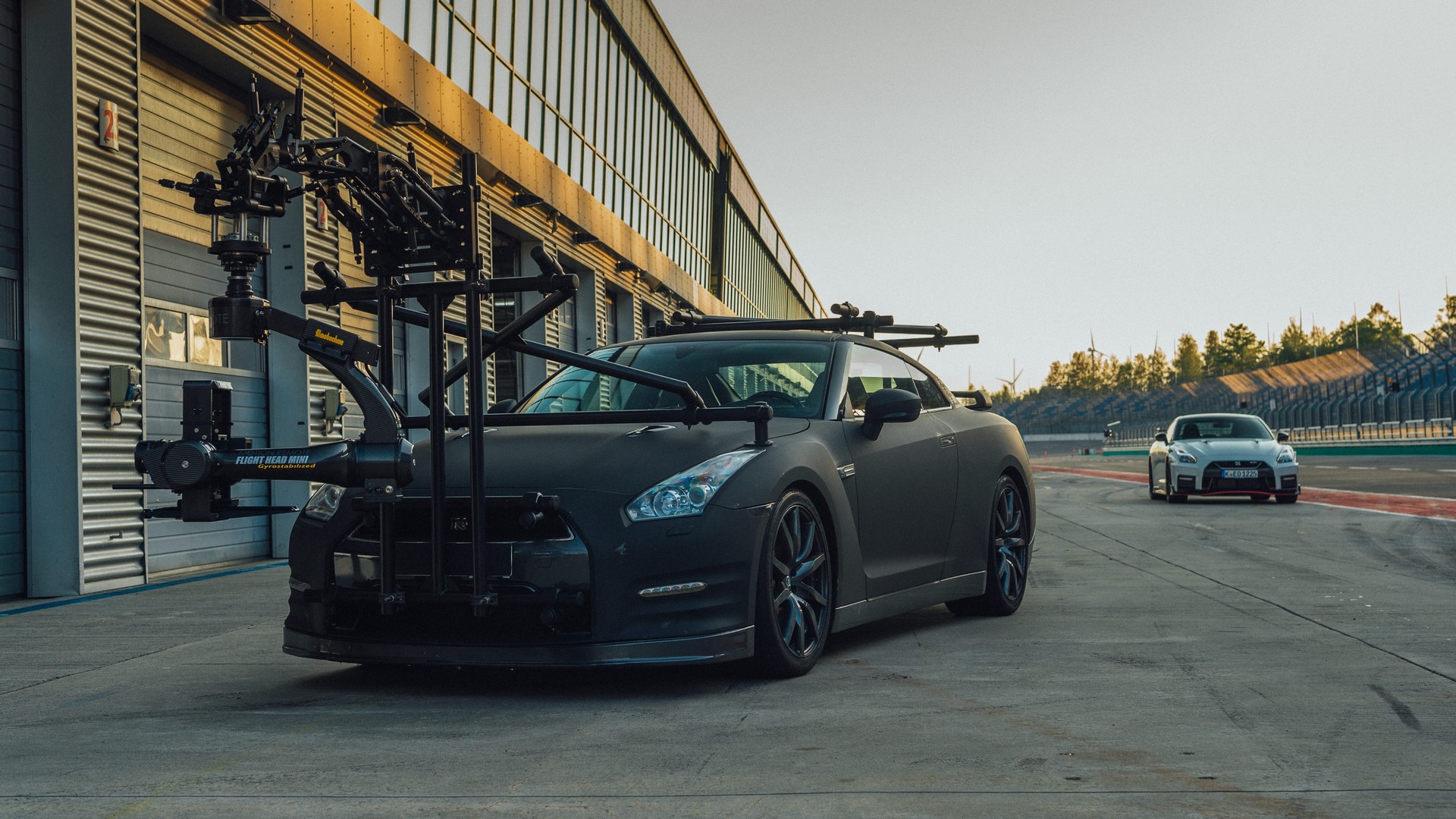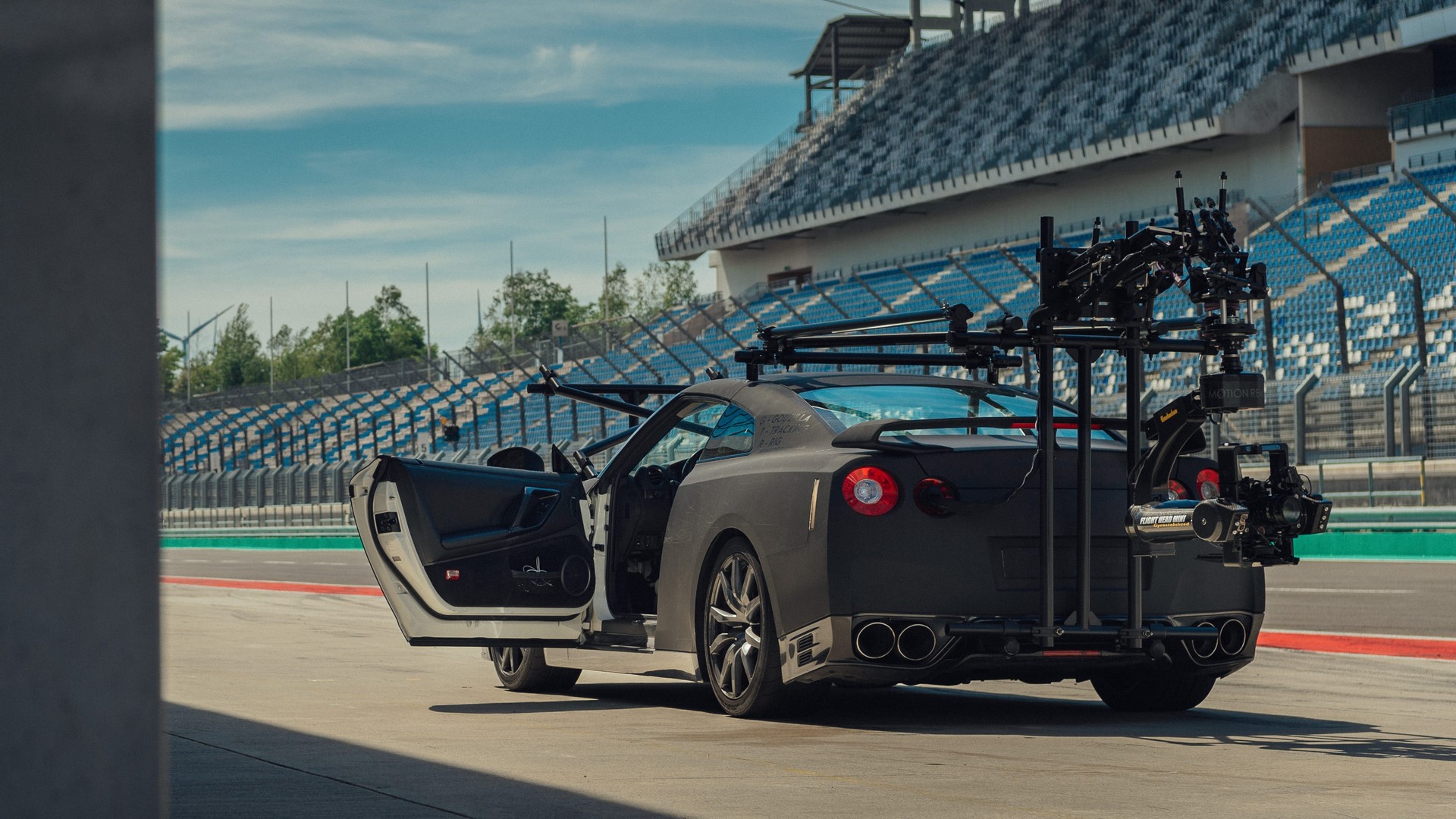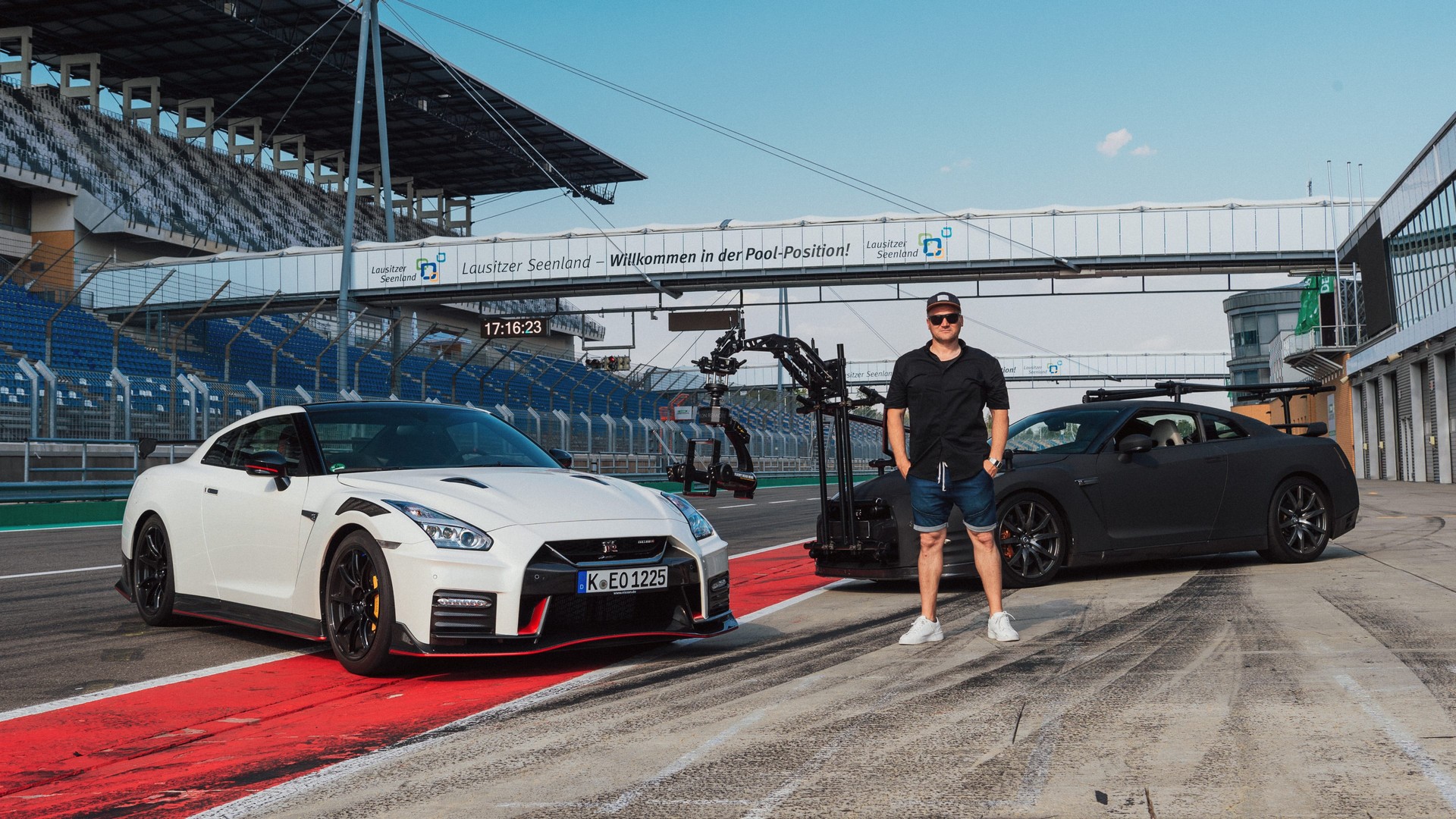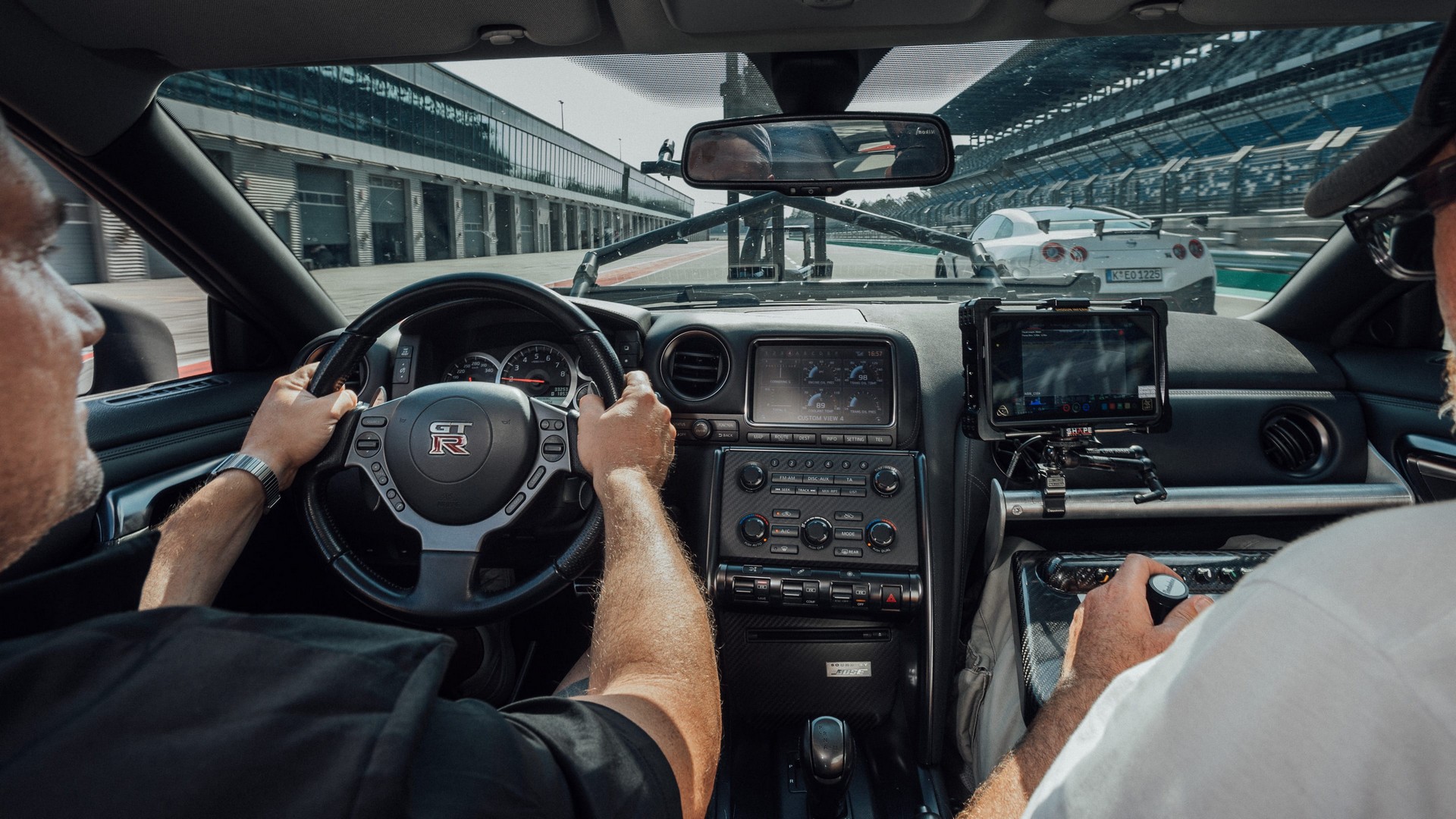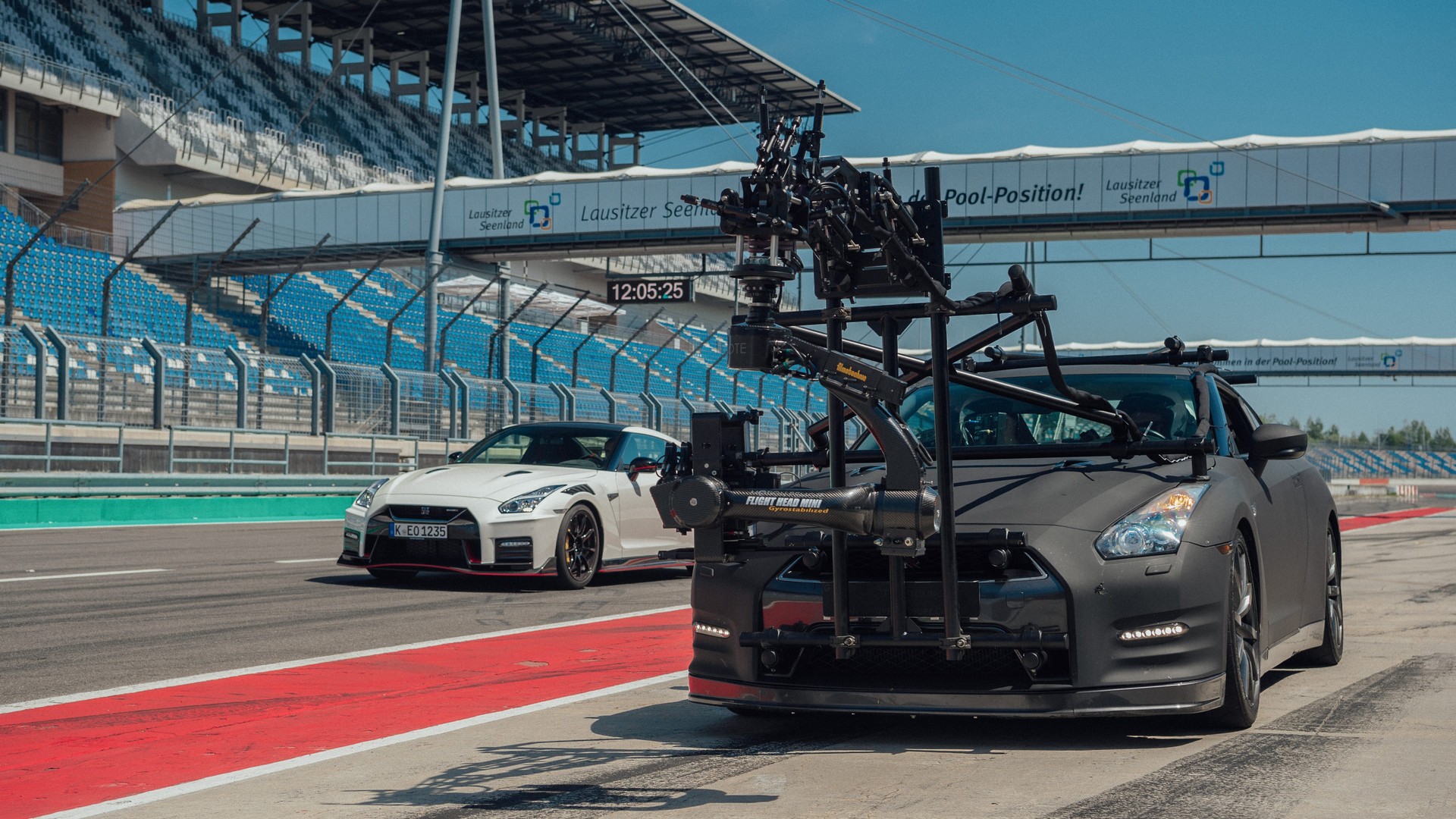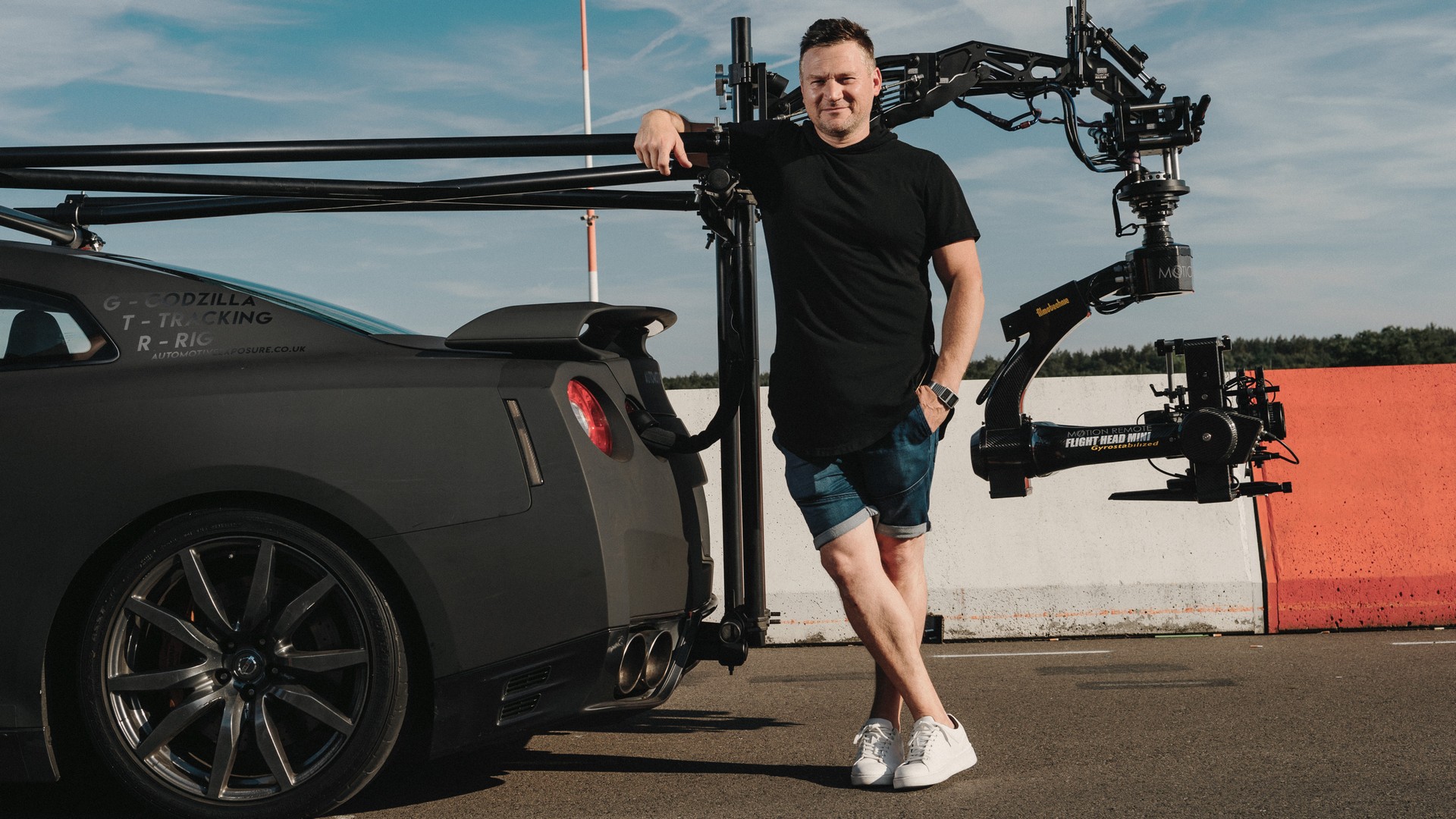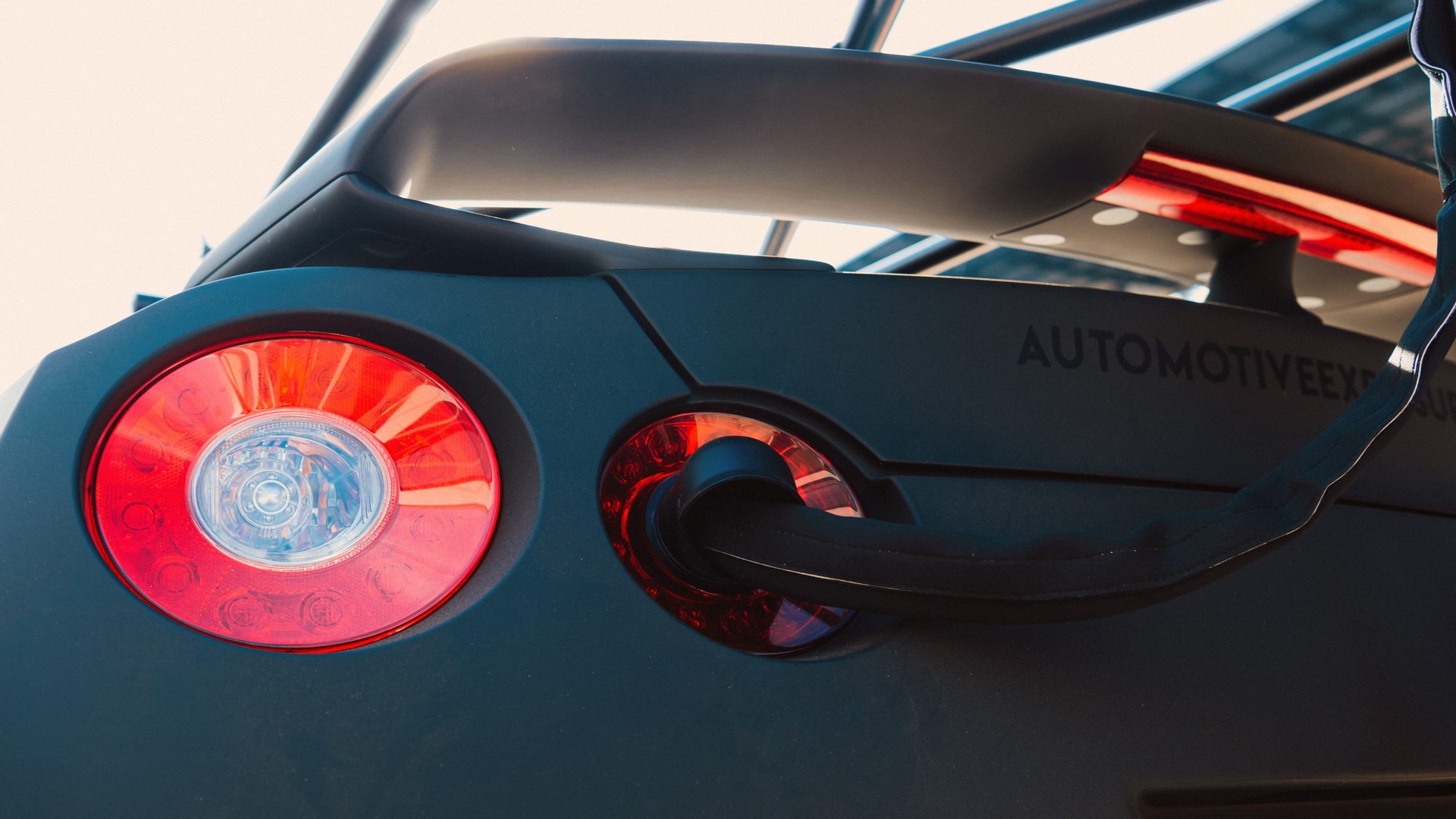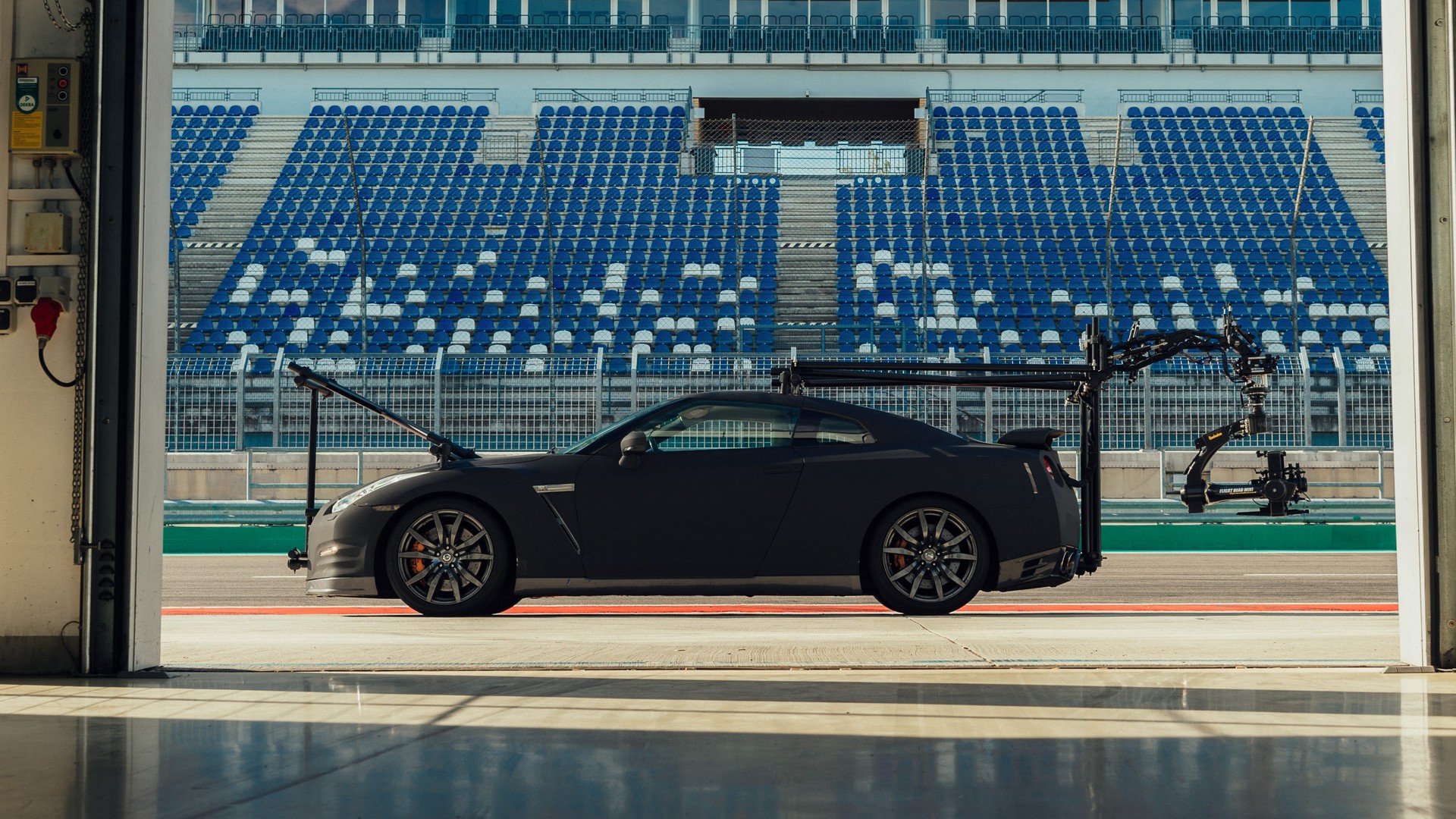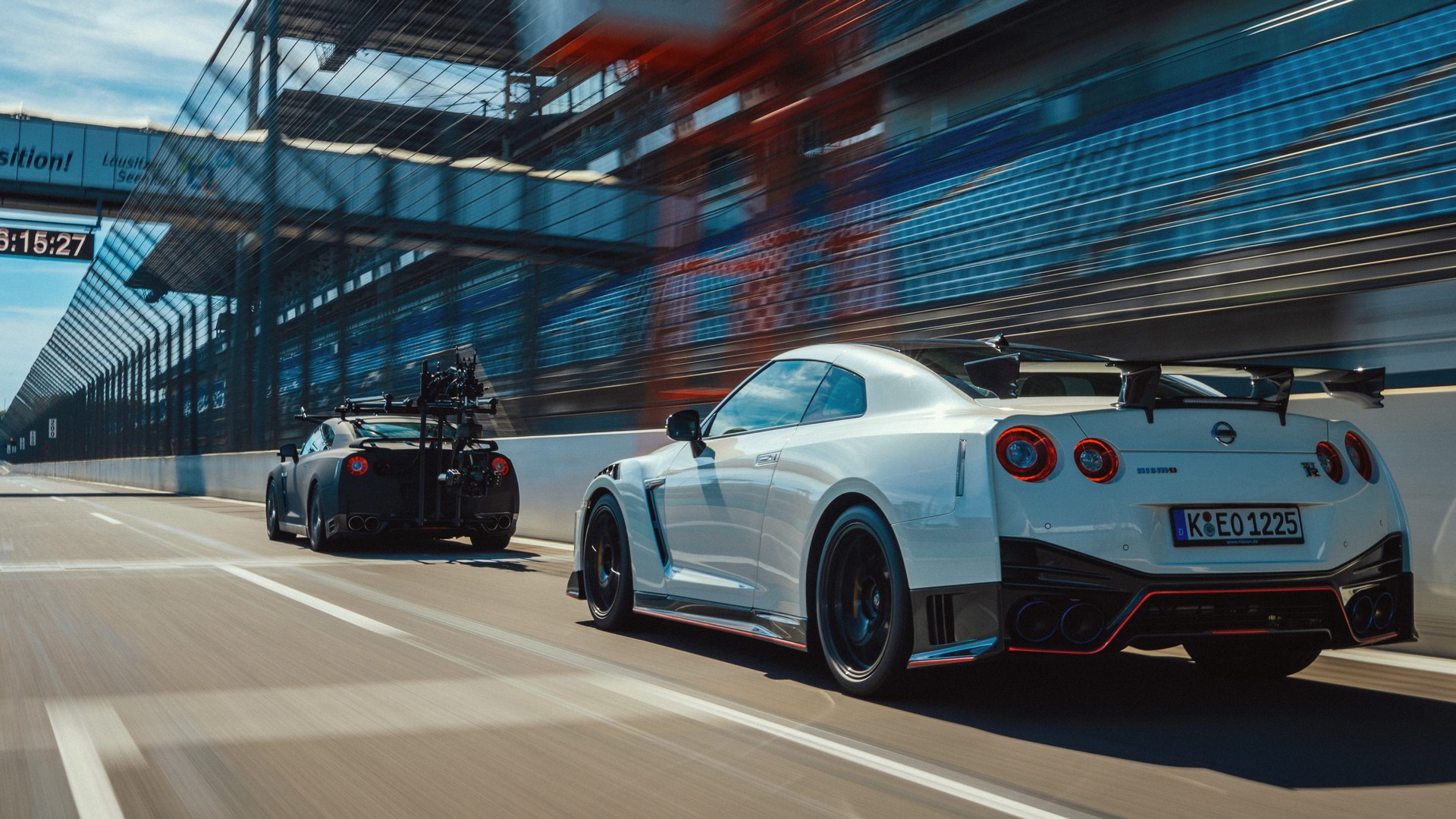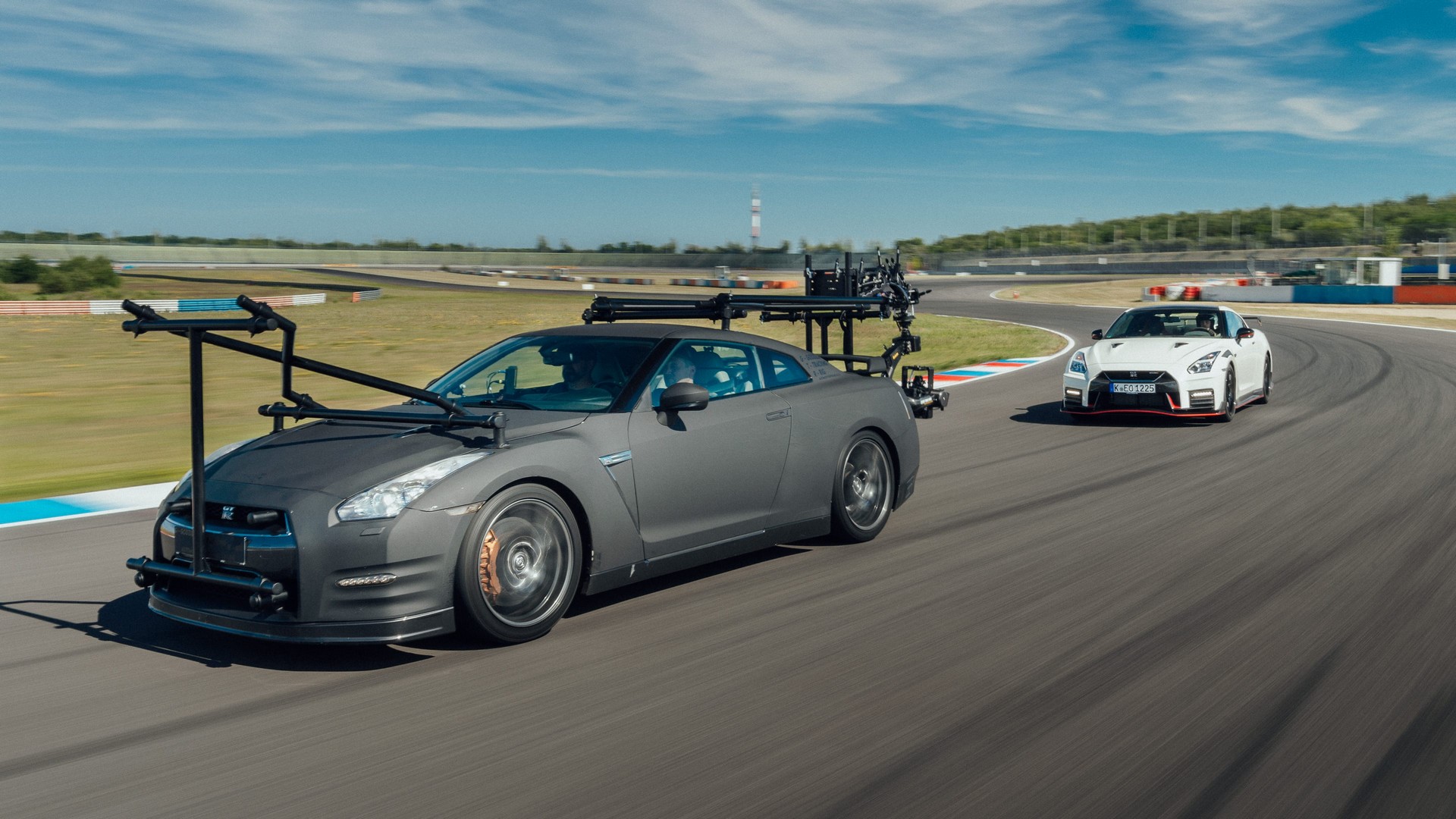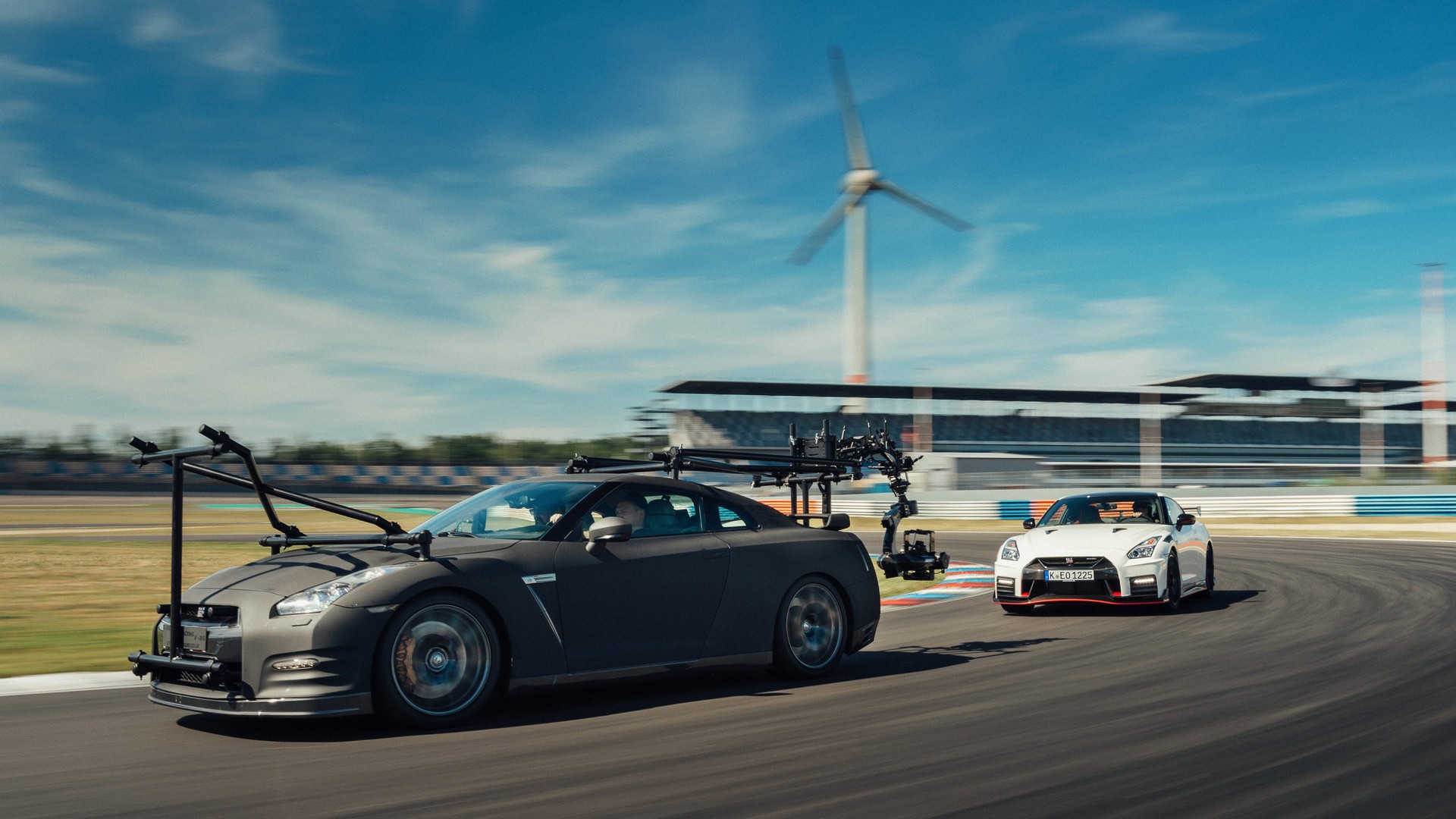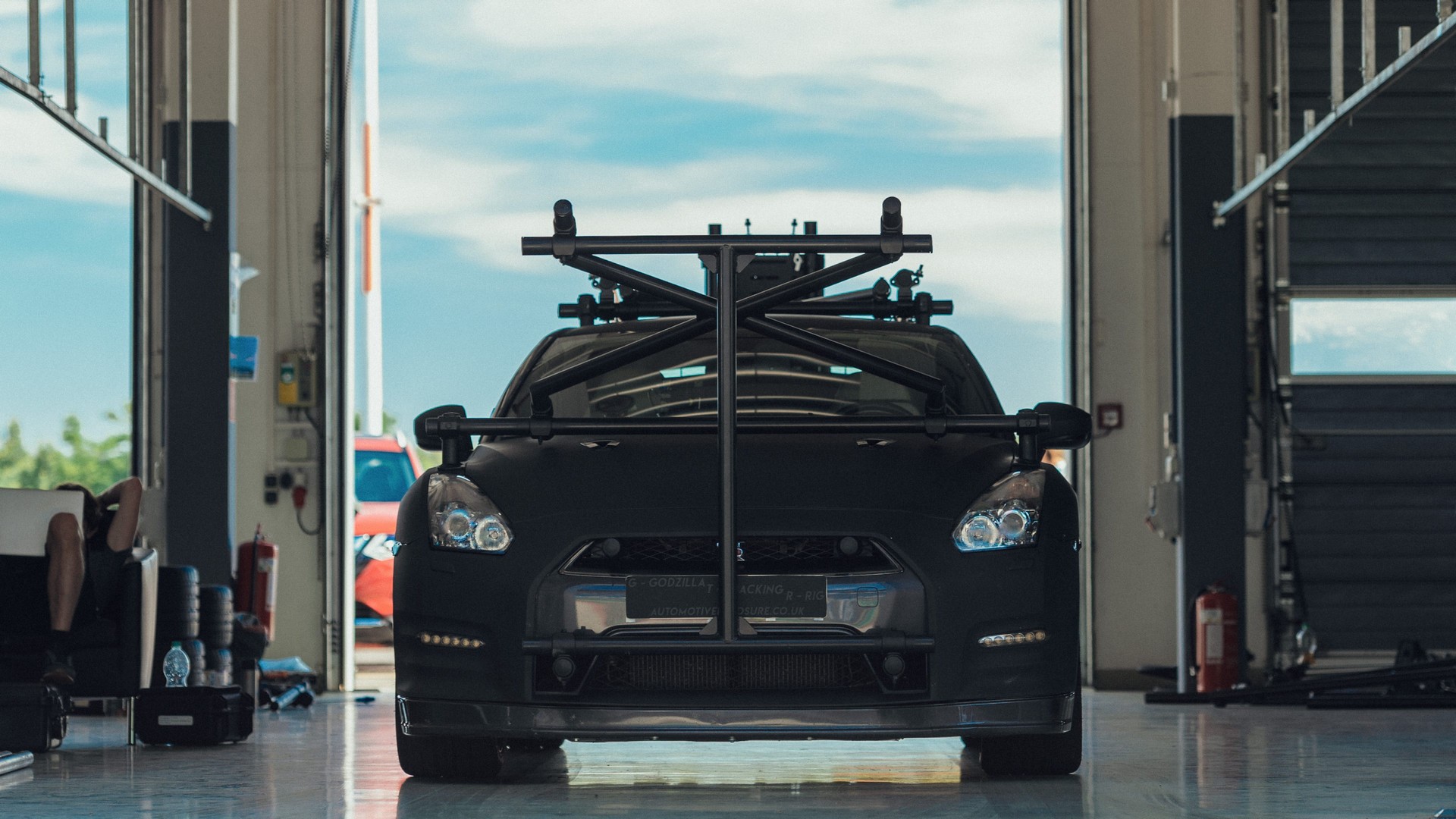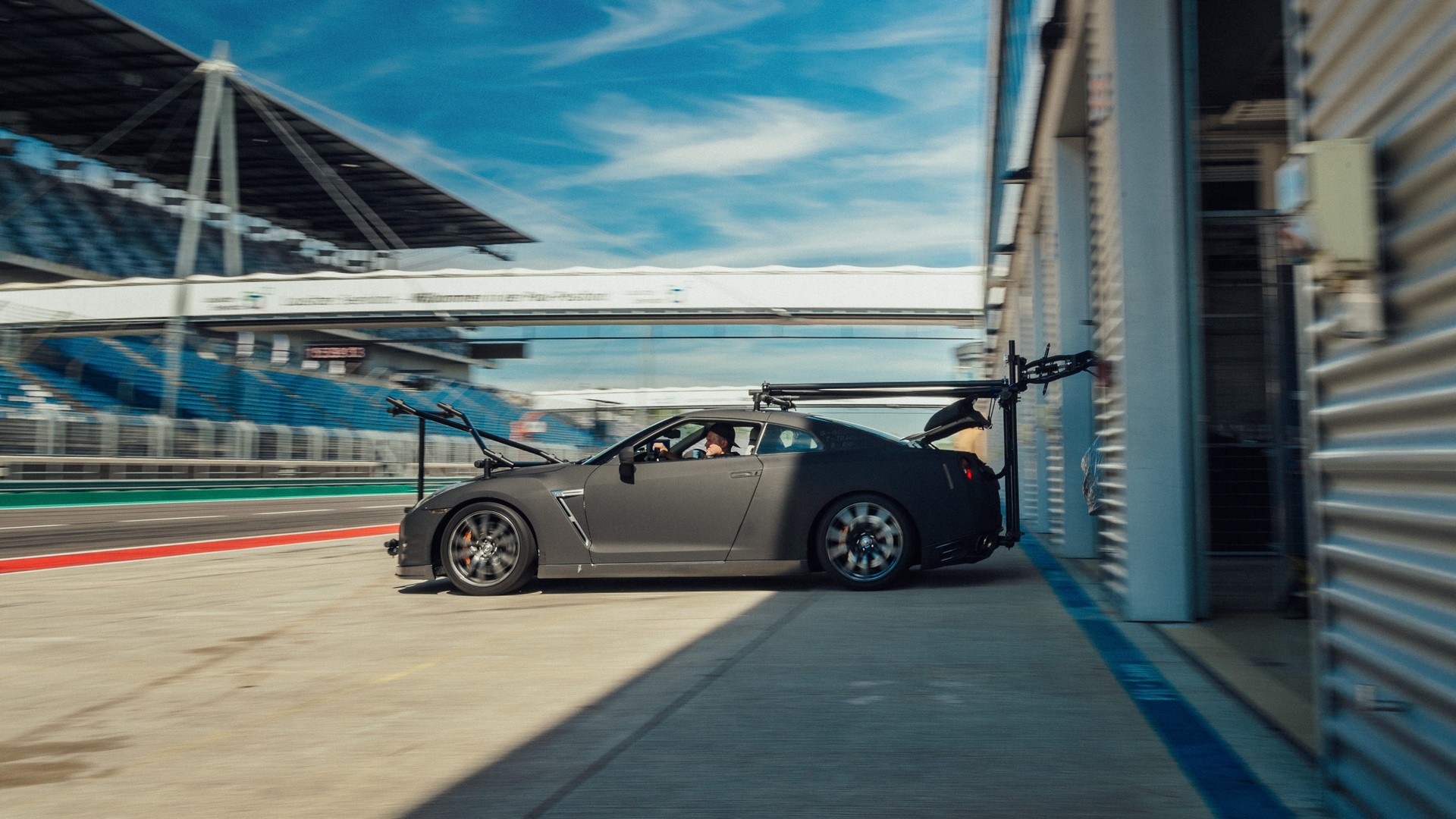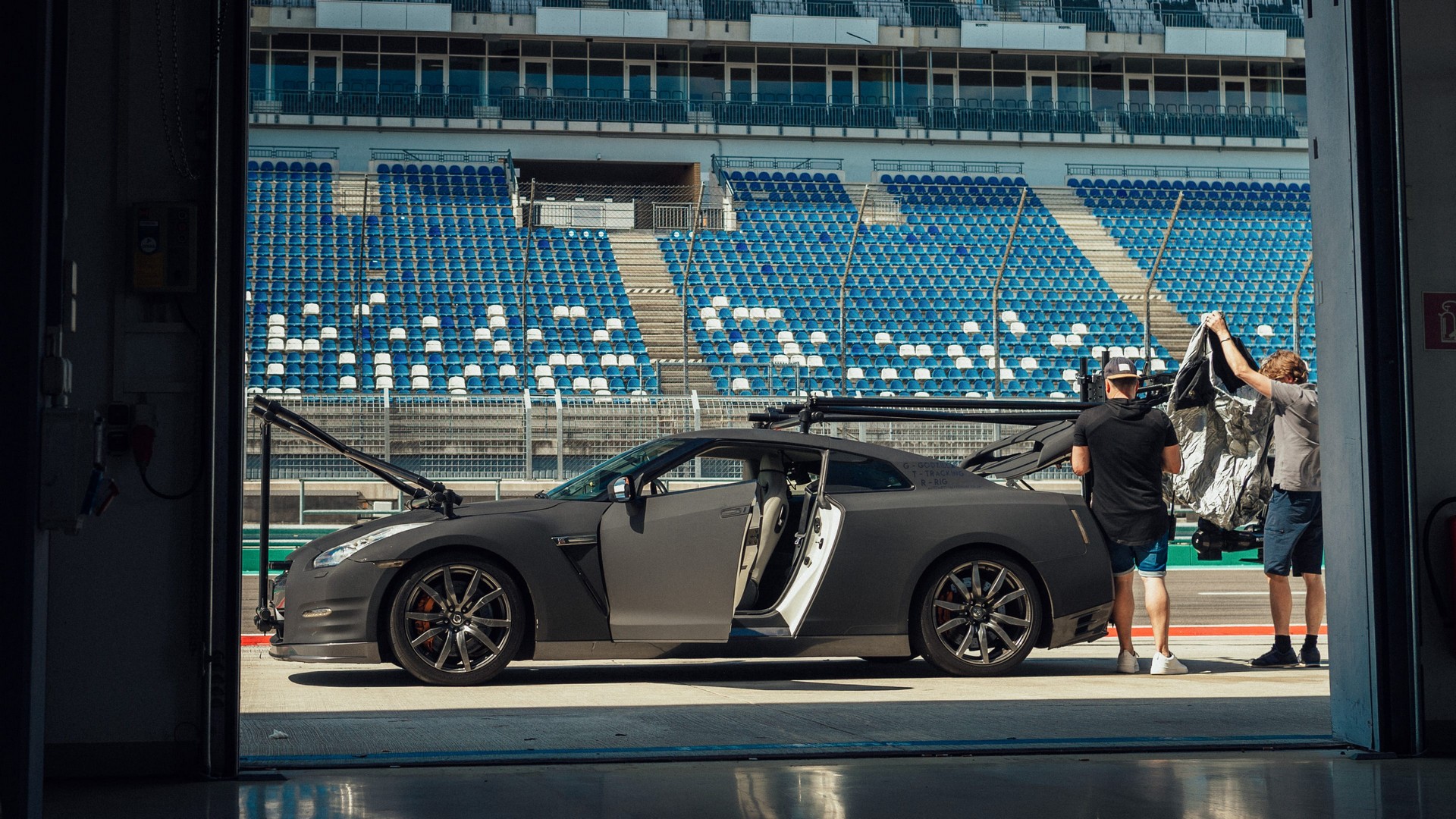The Nissan GT-R Nismo received a host of upgrades for 2020 including new turbochargers, lighter components and beefier brakes.
These changes allow the car to be 2.5 seconds quicker around Nissan’s development track, but this presented a problem. How do you film a track-focused model with a twin-turbo 3.8-liter V6 engine that develops 600 hp (447 kW / 608 PS) and 481 lb-ft (651 Nm) of torque? The answer, as it turns out, is to use another GT-R.
While most camera cars are high-performance crossovers and SUVs, Nissan says they lack the speed and agility to follow the fastest performance cars on the track.
Also Read: 2020 Nissan GT-R Nismo Is Lighter, Grippier And (Hopefully) More Exciting To Drive
As a result, Nissan tapped Mauro Calo who is described as a “precision driver and automotive video expert known for his work on big-budget blockbuster movies and automotive TV shows.” After getting the GT-R, Calo and his team went to work transforming it into a purpose-built camera car.
As part of the makeover, the GT-R was given a matte black paint job and equipped tubular camera mounts. The latter support a carbon-fiber gimbal and a professional video camera.
Of course, their work wasn’t over as the team had to shoot the 2020 GT-R Nismo in action. This likely proved a little uncomfortable as a typical shoot requires a gimbal operator, a focus puller, a director and a driver. That means all four seats are in use and backseaters have to manage with just 26.4 inches (671 mm) of legroom.
Despite the challenges, the team shot the video and Nissan said it’s been viewed millions of times since the 2020 GT-R Nismo was introduced last year.
Calo is still using the vehicle and said “When I started to think about developing a high-performance camera car, I quickly realized that the Nissan GT-R was the only car that would meet my criteria.” He went on mention it’s “supercar performance,” outstanding all-wheel drive handling and reliability.




